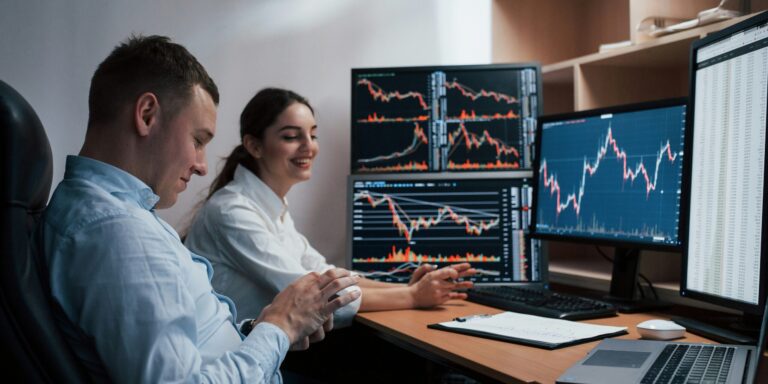U.S. stock markets surged to fresh record highs on October 28, 2025, as investors responded with enthusiasm to a major artificial intelligence deal involving two of the sector’s most influential players: Microsoft and OpenAI. The news helped fuel gains across the technology sector and drove the Nasdaq Composite to a new all-time closing high. Microsoft’s stock rose more than 2 percent during the trading session, pushing its market capitalization above $4 trillion—a milestone that underscores the dominant role large-cap tech firms continue to play in shaping investor sentiment and market direction.
The central catalyst behind the day’s rally was Microsoft’s newly announced agreement with OpenAI, which revealed sweeping changes to the governance and valuation of the high-profile AI research firm. Under the terms of the deal, OpenAI will restructure itself as a public-benefit corporation, a move that allows it to operate with greater flexibility in capital raising and corporate decision-making. Microsoft will take a 27 percent ownership stake in the newly structured OpenAI, translating to a valuation of roughly $500 billion for the AI company. This restructuring not only solidifies Microsoft’s strategic position within the global AI ecosystem but also grants OpenAI the financial and operational latitude to scale its models and commercial offerings more aggressively.
Analysts widely viewed the deal as transformative—not only for Microsoft and OpenAI but for the broader AI sector. The investment reinforces the long-term commitment of major tech companies to AI as the cornerstone of future growth. It also gives investors a fresh benchmark for the valuation of advanced AI technologies and their integration into enterprise services. With OpenAI committed to increasing its reliance on Microsoft’s Azure cloud infrastructure as part of the agreement, the deal is expected to further entrench Microsoft’s leadership in AI services across cloud, productivity, and enterprise platforms.
The excitement surrounding the Microsoft–OpenAI deal came at a time when the broader market was already showing signs of renewed optimism. Positive earnings results from several large technology companies, coupled with growing speculation that the Federal Reserve may pivot toward interest rate cuts in early 2026, created a favorable backdrop for equities. The Nasdaq Composite rose by about 0.8 percent on the day, leading all major indexes. The S&P 500 also recorded a modest gain, extending a rally that has been driven in large part by tech sector strength.
Market participants viewed the convergence of corporate momentum and macroeconomic shifts as a potent combination. With inflation showing signs of cooling in some areas and the Fed signaling a more data-dependent approach, the prospect of lower borrowing costs is improving the outlook for growth stocks, especially those in capital-intensive innovation sectors like AI. At the same time, the Microsoft–OpenAI news served as a vivid reminder of the scale and speed at which AI-related deals are reshaping corporate strategies.
Despite the optimism, some market observers urged caution. While the rise in AI investments is viewed as a long-term positive, questions remain about whether markets are getting ahead of themselves. Valuations for leading tech firms are once again approaching record multiples, and there is growing concern that a narrow set of mega-cap companies is responsible for a disproportionate share of the market’s gains. The sustainability of this rally, they argue, will depend not only on continued innovation but also on the broader economy’s ability to support earnings growth across a wider range of sectors.
Still, the message from Wall Street on October 28 was clear: artificial intelligence is not just a buzzword but a driving force behind strategic business decisions and market valuations. Microsoft’s deeper partnership with OpenAI marks a new phase in the commercialization of AI, one that will likely inspire further investment, competition, and regulatory attention in the months ahead. For now, investors appear willing to embrace the vision of an AI-driven future—and they’re rewarding the companies leading the charge.


